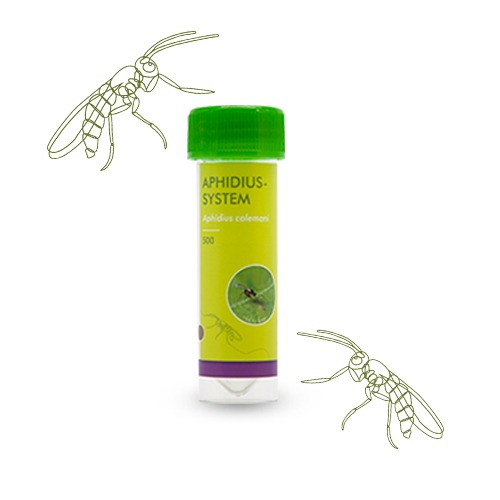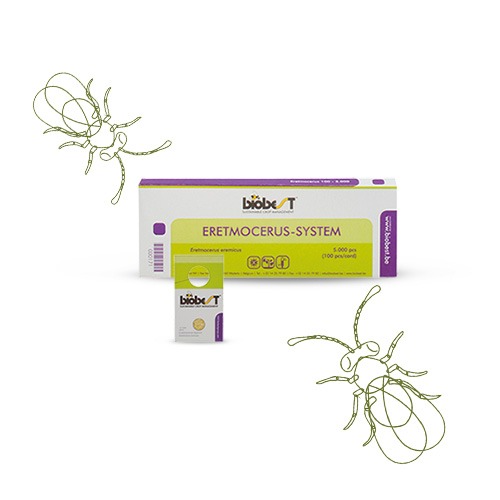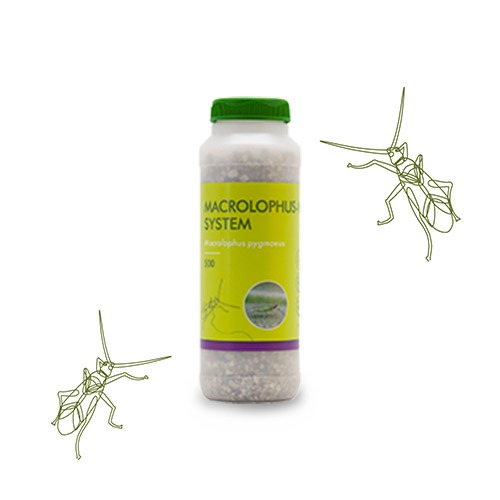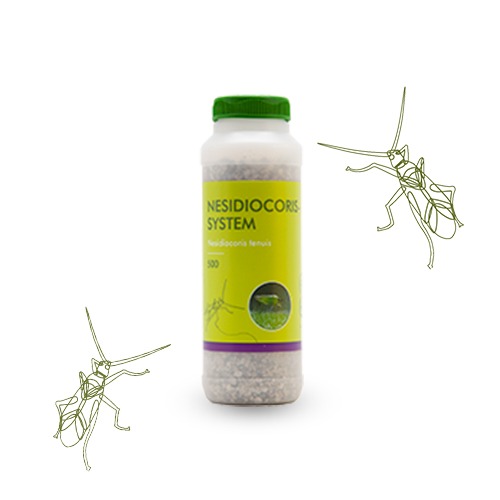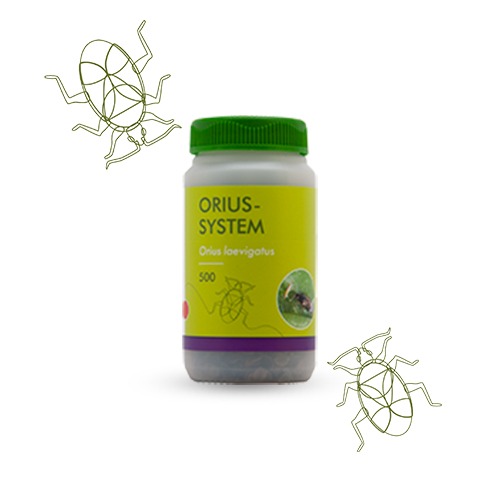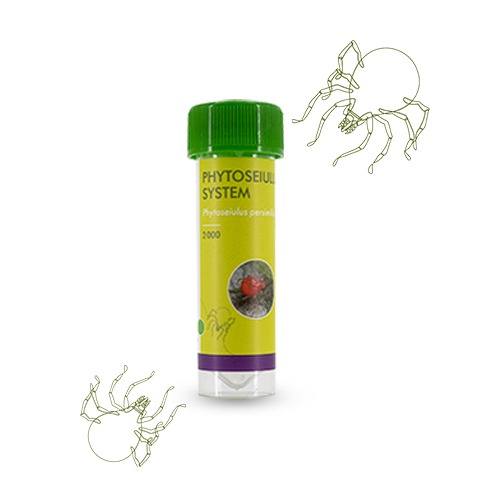Myzus persicae and aphis gossypii bee are used against a.colemani aphids. This bee embeds an egg into the body of young aphid using its ovipositor and the larva exiting the egg eats inside the aphid body and makes a brown mummy.
-
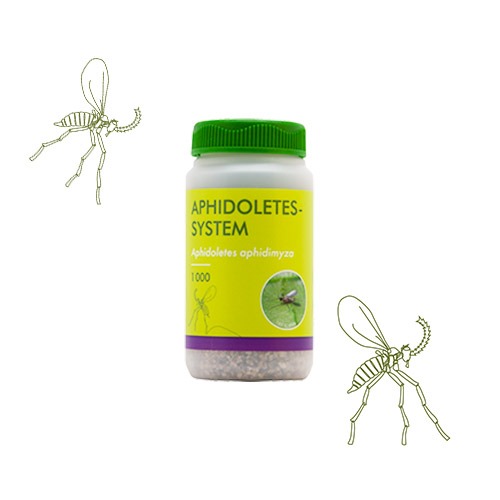
Aphidolethes-system mosquito invades a wide range of aphids, and especially their colonies. These mosquitos are hunters in their larvae stage and eat aphid organs. Each adult spawns around 100 eggs and the larvae start eating upon exiting their eggs. Each larvae hunts around 100 aphids during its developmental stage.
-
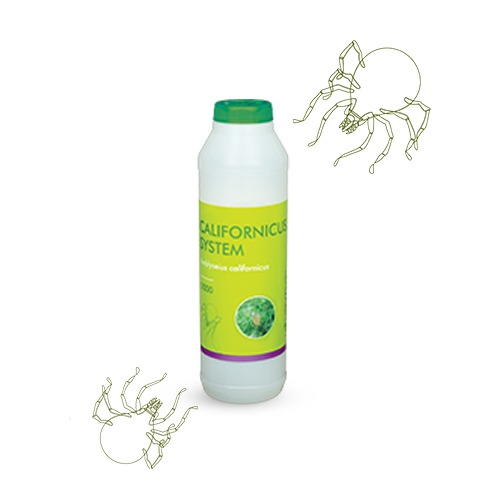
This californicus-system (tick) feeds from different developmental stages of tetranychus urticae (two-spotted spider mite), and invades a wide range of ticks and phytonemus pallidus fragaria. This californicus-system remains active even under high temperatures and low humidity and is widely used to control pest ticks of vegetables, strawberry, fruits and ornamental plants.
-
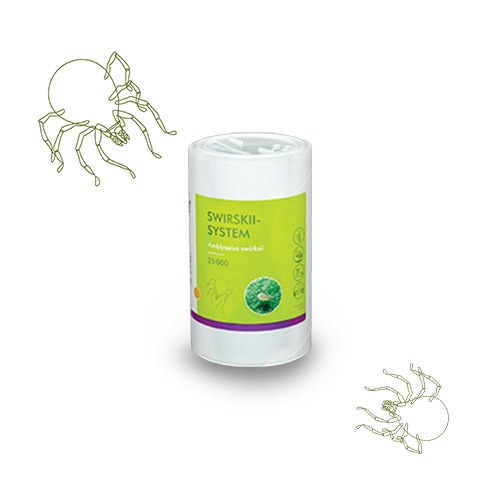
Amblyseius swirskii tick This is one of the natural enemies of certain pests such as whiteflies, thrips or spider mites. This tick hunts between 5 and 10 insects per day and easily adapts to higher temperatures. This greedy tick is used as a key, useful agent for sweet peppers, cucumbers, eggplants, strawberries and ornamental plants.

